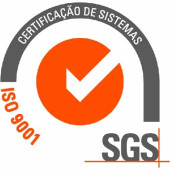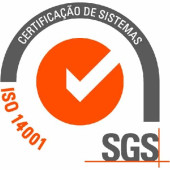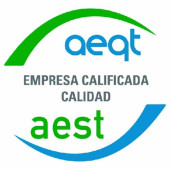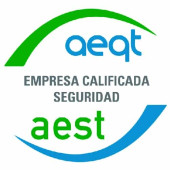Water-saving process
Maximum safety for operators
Taking up and eliminating the most PFAS-concentrated liquids
In situ treatment of cleaning effluents
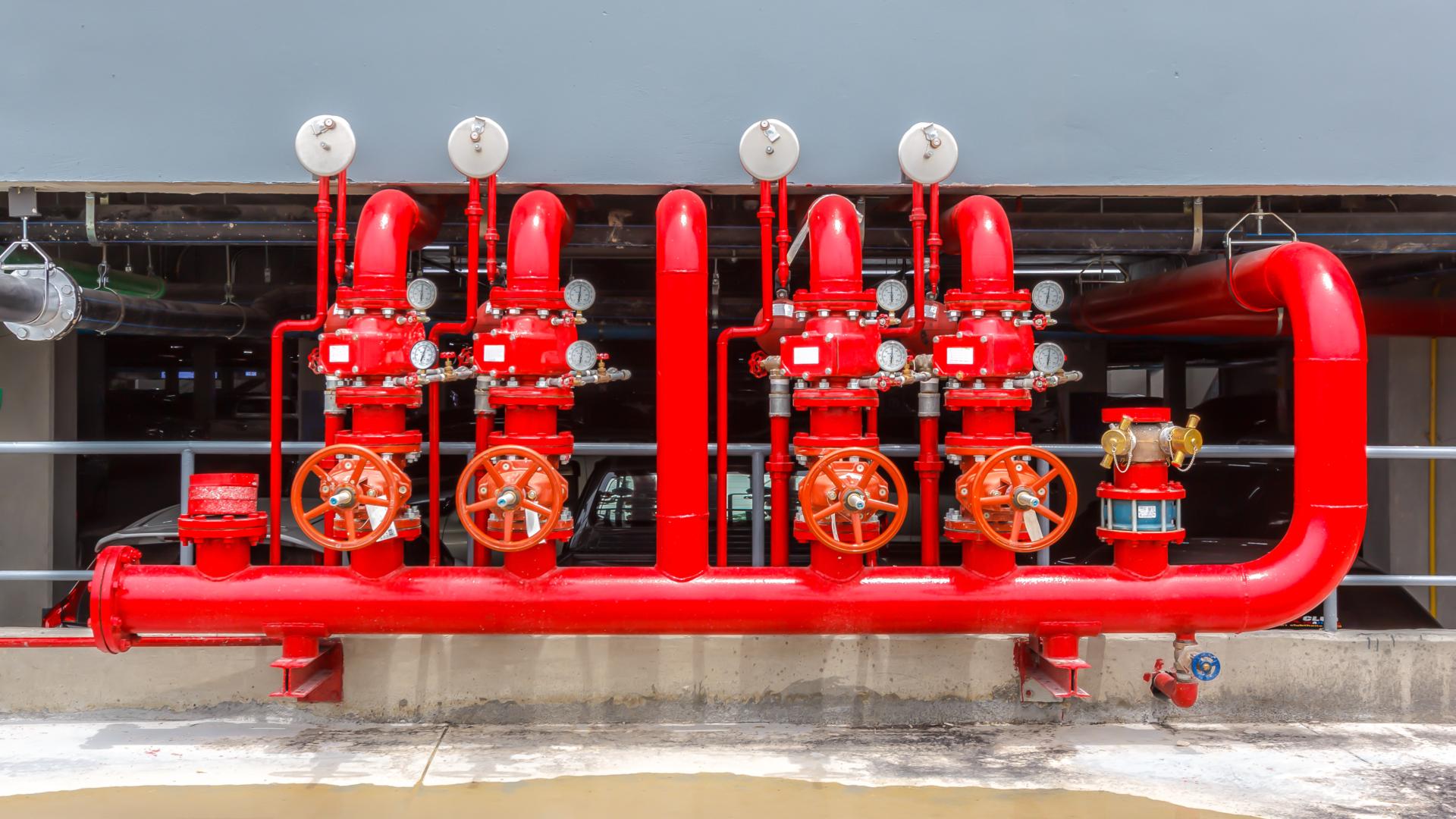
Water-saving process
Maximum safety for operators
Taking up and eliminating the most PFAS-concentrated liquids
In situ treatment of cleaning effluents
Are you looking to decontaminate your fixed installations that have contained fluorinated emulsifiers, as part of the regulatory transition to PFAS-free emulsifiers?
For these delicate operations, our teams accompany you from project engineering and the design of the intervention to the supply of equipment (pumps, temporary piping, retention material, PPE...) and the disposal of waste to approved treatment channels.
For the decontamination work itself, we work in partnership with the company Cornelsen, a key player on the German market. Cornelsen has carried out over 300 interventions in recent years to decontaminate the fixed and mobile tanks of fire brigades, thanks to its 2019 patented technology: PerfluorAd®. This liquid reagent allows precipitation and removal of PFAS compounds, guaranteeing optimized decontamination.
No surprises: in advance of the intervention we provide you with all the documents
And, of course, a detailed report at the end of the intervention.
From your documents and technical site visits we design the successive phases of the Decontamination Operating Procedure:
We also draw up the risk analysis corresponding to the various phases of work.
From your documents and technical site visits we design the successive phases of the Decontamination Operating Procedure:
We also draw up the risk analysis corresponding to the various phases of work.
The emulsifiers are pumped into IBC-type containers for storage and then transported to an authorized treatment facility.
The emulsifiers are pumped into IBC-type containers for storage and then transported to an authorized treatment facility.
The removal of concentrated foam residues is carried out using rotary heads and/or medium-pressure jets from the tank manholes.
A method that limits interventions inside the tanks.
The feed and return lines are also "flushed". These first rinse waters are also stored in IBCs for disposal in one of our external treatment centers
The removal of concentrated foam residues is carried out using rotary heads and/or medium-pressure jets from the tank manholes.
A method that limits interventions inside the tanks.
The feed and return lines are also "flushed". These first rinse waters are also stored in IBCs for disposal in one of our external treatment centers
Once the emulsifier residues have been removed, the tanks and all feed and return lines are partially filled with a decontaminant solution. This solution is recirculated, reheated and drained. One or more rinses are then performed with water.
These sequences of circulating the decontamination solution and then rinsing with water can be repeated until the analyses provide satisfactory results.
Once the emulsifier residues have been removed, the tanks and all feed and return lines are partially filled with a decontaminant solution. This solution is recirculated, reheated and drained. One or more rinses are then performed with water.
These sequences of circulating the decontamination solution and then rinsing with water can be repeated until the analyses provide satisfactory results.
All rinsing water is pumped, treated by batch and transferred to temporary tanks until an approved laboratory certifies that the treated water complies with discharge criteria.
All rinsing water is pumped, treated by batch and transferred to temporary tanks until an approved laboratory certifies that the treated water complies with discharge criteria.
After analysis of the last rinsing water, decontamination is validated by an external laboratory.
All fluorinated emulsifiers stored in IBCs, as well as highly concentrated rinse water, are then collected and transported to the Group's approved treatment centers. The same procedure is followed for all soiled solid waste (PPE, rags, absorbents, etc.).
All fluorinated emulsifiers stored in IBCs, as well as highly concentrated rinse water, are then collected and transported to the Group's approved treatment centers. The same procedure is followed for all soiled solid waste (PPE, rags, absorbents, etc.).
At your side for your transition to non-fluorinated emulsifiers.
We strive to be an agile and flexible partner for our customers over the long term.
We focus our efforts and resources on providing a safe, professional, efficient and personalized service.
We focus our efforts and resources on providing a safe, professional, efficient and personalized service.
We prioritize the training and skills of our team as a key factor in our success.
We are always on the lookout for the latest technologies to offer optimal solutions to our customers.
We are always on the lookout for the latest technologies to offer optimal solutions to our customers.
We commit to each new project with honesty, respect and transparency, everywhere in the world.
